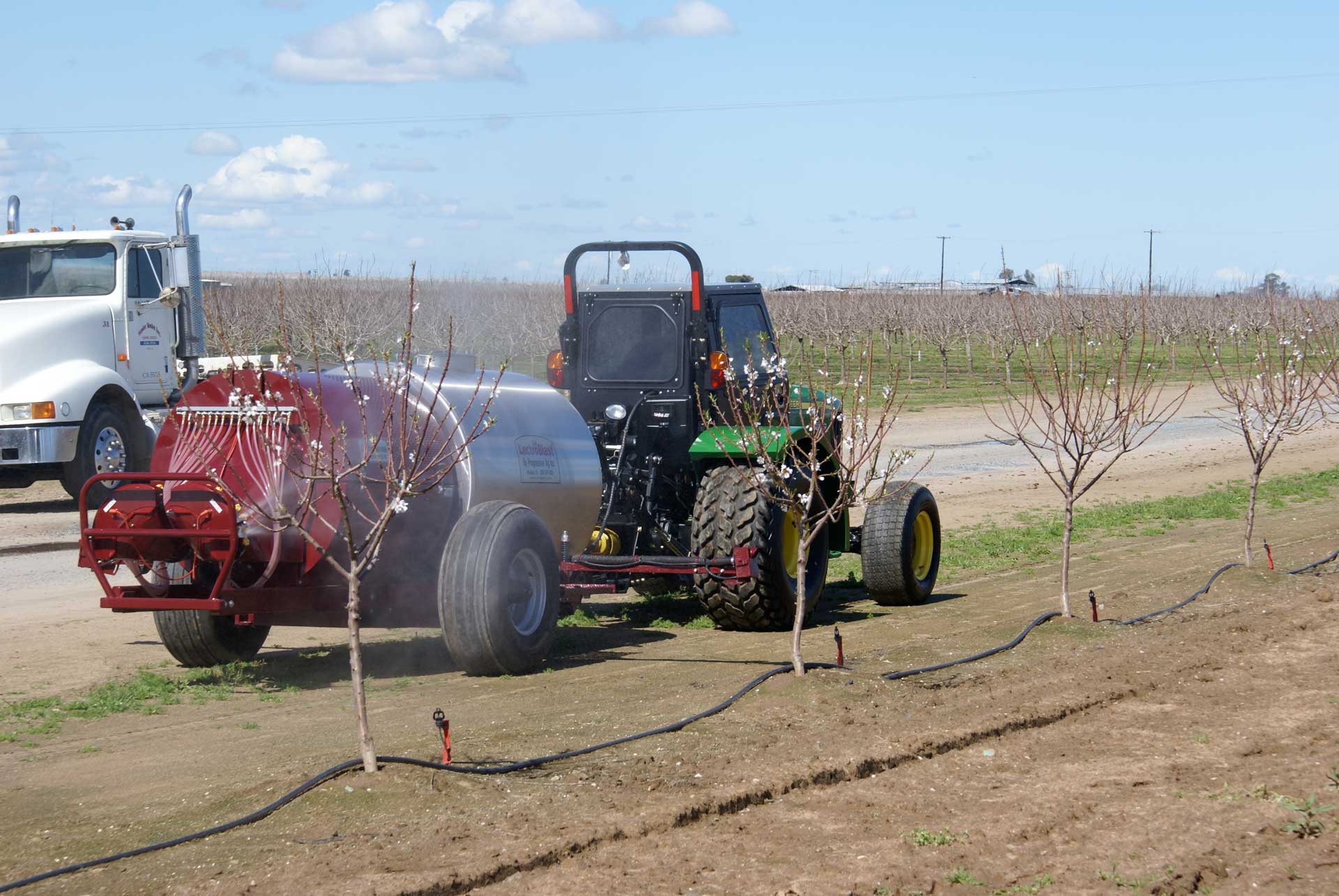
New integrated weed control measures will be important in coming decades as strained resources, rising labor costs and limited herbicide options are more a reality for California almond growers. This was the message of a presentation on precision orchard management at The Almond Conference in December 2021. The presentation focused on precision management for irrigation and pests in almond orchards.
Lynn Sosnoskie, assistant professor of weed ecology and management in specialty crops at Cornell University, said that in addition to directly competing with nut crops and reducing potential yields, weeds can reduce harvest efficiency and provide an additional host for pests and pathogens. While herbicides make up the bulk of weed management programs for today’s conventional almond growers, tomorrow’s growers will need additional integrated tools.
Herbicide resistance is becoming an increasingly documented problem, and consumer and environmental concerns are likely to restrict herbicide use. While herbicides will also be part of the weed management system, Sosnoskie said new approaches will including novel chemistries, biological control, crop competitiveness and novel technologies. A survey of fruit and nut growers showed that growers are interested in organic or biological herbicides, precision sprayers, electric or steam weeders, mulches and artificial intelligence as novel technologies for controlling weeds.
Automated weeders are in development, though their efficacy depends on the type of weed being targeted. These automated weeders will need refinement to help detect weeds and physically remove them once they are detected. She said the Weed-It Quadro shows significant promise as a new-generation seeker technology detecting and eradicating weeds in ag settings. Vision-guided and electrostatic sprayer technology also continues to improve.
For these new technologies to maximize suppression, Sosnoskie said weed and crop biology will need to be better understood and exploited. In addition, technological and infrastructure advances will also be necessary, including enhanced internet services in rural areas, battery storage, etc. And workers will also need training to help them understand and integrate these technologies into crop management systems.

Marni Katz
Marni Katz has lived and raised her family in the San Joaquin Valley for nearly 30 years. In that time, she has covered agriculture for a number of leading ag publications and organizations and gained a reputation for understanding and digesting complex information and presenting it to growers. She enjoys learning about new ways growers can farm more profitably and efficiently, and working with researchers and stakeholders to bring that information to the growing community. In her free time, Marni plays saxophone with jazz groups throughout the Valley and is an avid tennis nut.















